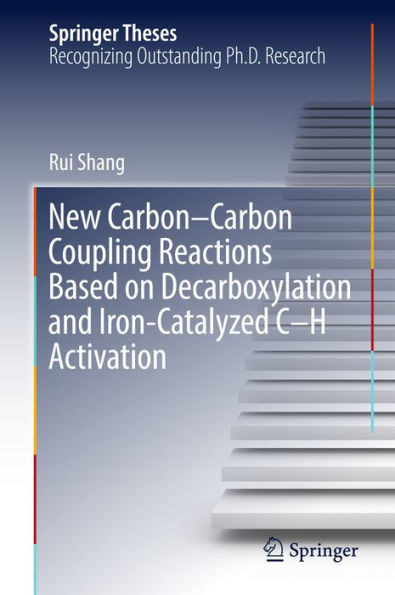5
1

New Carbon-Carbon Coupling Reactions Based on Decarboxylation and Iron-Catalyzed C-H Activation
216
New Carbon-Carbon Coupling Reactions Based on Decarboxylation and Iron-Catalyzed C-H Activation
216eBook (1st ed. 2017)
$89.49
$119.00
Save 25%
Current price is $89.49, Original price is $119. You Save 25%.
Related collections and offers
89.49
In Stock

Product Details
| ISBN-13: | 9789811031939 |
|---|---|
| Publisher: | Springer-Verlag New York, LLC |
| Publication date: | 12/09/2016 |
| Series: | Springer Theses |
| Sold by: | Barnes & Noble |
| Format: | eBook |
| Pages: | 216 |
| File size: | 6 MB |
From the B&N Reads Blog
